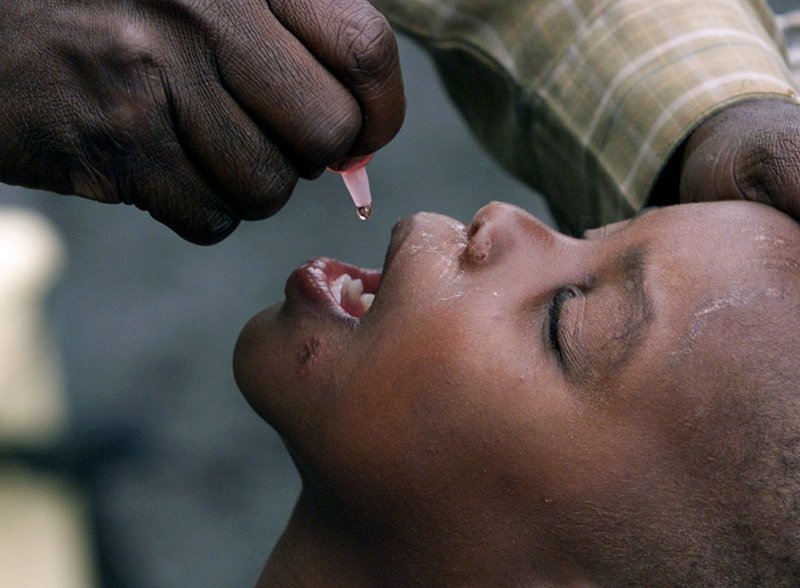Polio Vaccine Now Causes More Disease than Polio

There are now more cases of vaccine-strain polio disease (poliomyelitis) than wild-strain polio, the World Health Organization is reporting. The live virus oral polio vaccine (OPV) is used in developing countries because it is more effective than the inactivated polio vaccine (IPV) used in developed countries, but it also comes with the risk of causing the crippling disease instead of preventing it:
In rare cases, the live virus in oral polio vaccine can mutate into a form capable of sparking new outbreaks. All the current vaccine-derived polio cases have been sparked by a Type 2 virus contained in the vaccine. Type 2 wild virus was eliminated years ago.
The Independent Monitoring Board, a group set up by WHO to assess polio eradication, warned in a report this month that vaccine-derived polio virus is “spreading uncontrolled in West Africa, bursting geographical boundaries and raising fundamental questions and challenges for the whole eradication process.”

The polio vaccine has had a stormy history, starting with the infamous Cutter Incident in which one of the first batches of manufactured polio vaccine was defective and caused 40,000 cases of polio, leaving 200 children with varying degrees of paralysis and killing ten.
In 1961, the US switched to the more effective oral polio vaccine, which had higher associated risks. From 1980 to 1997, an average of eight to nine cases of paralytic poliomyelitis associated with OPV were reported annually in the United States. As a result, the US switched back to the less effective and less risky inactivated polio vaccine in 1997.
The US hasn’t seen a case of wild-strain poliomyelitis since 1979, but has perhaps been replaced with a “polio-like” paralysis possibly caused by vaccines.





